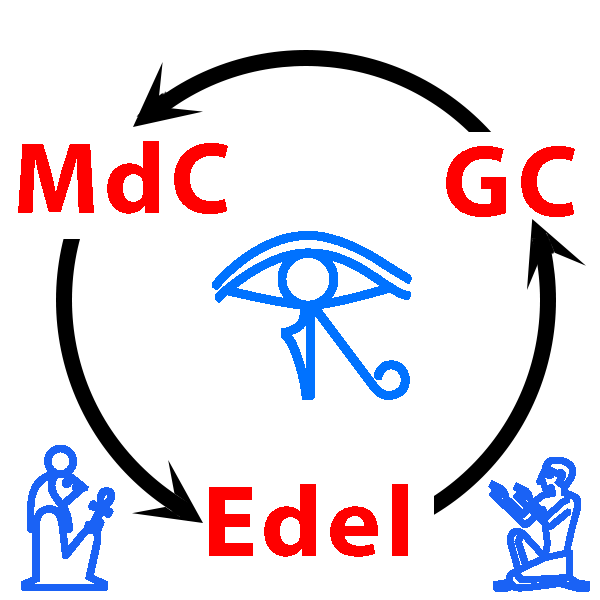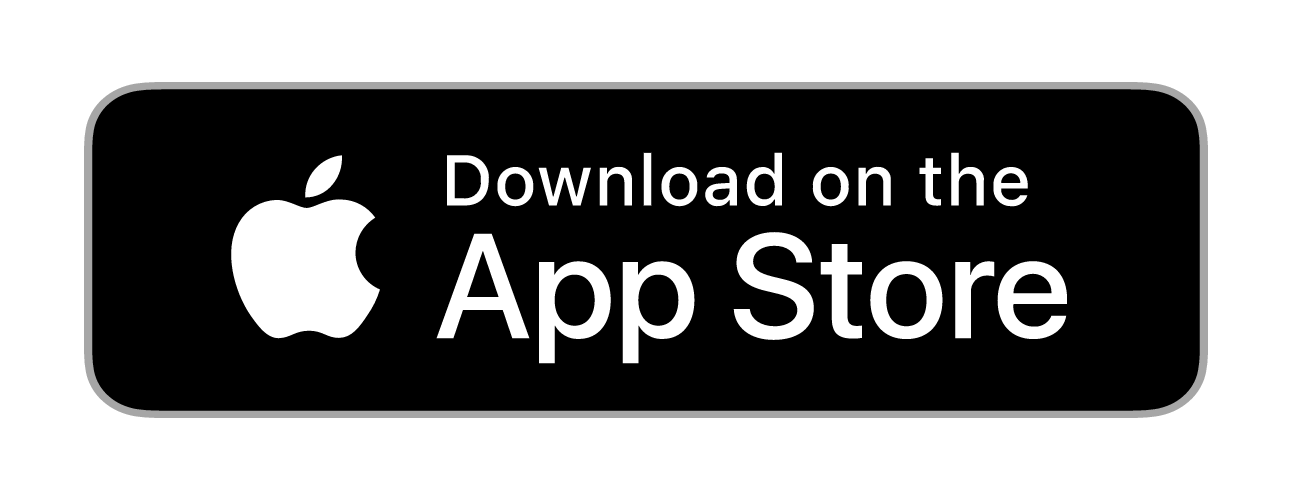Egyptian Transliterator:
an App for iOS
The Egyptian Transliterator is a versatile tool designed to ease the conversion between different systems for reading and writing the ancient Egyptian language. Ancient Egyptian uses hieroglyphs instead of an alphabet, with over 7,000 unique symbols, making digital entry complex. This app provides a seamless solution for converting Egyptian text between several established systems, each with unique approaches to hieroglyph representation.
Key Features of the Egyptian Transliterator App:
- Gardiner Codes: Converts Gardiner Codes, the standard system of hieroglyph categorization, into the Manuel de Codage (MdC) system, Edel-style transliteration, and visual hieroglyphs.
- Phonetic Transliteration (Edel): Translates transliterated phonetic spellings based on sound approximations into Gardiner Codes, MdC, and hieroglyphs. When using Edel-style input, the keyboard is modified to provide the special symbols used in transliteration.
- Manuel de Codage (MdC): Converts MdC notation, a standardized system using modern characters to represent hieroglyphs, to Gardiner Codes, Edel transliteration, and visual hieroglyphs.
Part of the complexity of dealing with the Egyptian language is that some hieroglyphs have more than one phonetic
value. For example, the glyph D56 has five possible phonetic values depending on context.
Also, a given phonetic value may represent several possible glyphs!
The app provides the alternative options where multiple interpretations exist, presenting possible
transliterations in brackets to allow maximal accuracy.
Conversion updates happen as users type,
and pressing the return key on the device keyboard copies results directly to the clipboard for easy
sharing or pasting into other applications.
Note: Egyptian Transliterator is a transliteration tool, not a dictionary. Users may need to manually separate complex glyph groupings with spaces or dashes for precise results.
Examples
- MdC Input "aA-xpr-kA mAa-xrw"
to Edel: ꜤꜢ-ḫpr kꜢ-mꜢꜤ-ḫrw
Here you can see that the glyph represented by "aA" maps directly to the Edel format of "ꜤꜢ", but there are three possible glyphs with the phonetic of "aA" which are O29, O29V, and O31, each with a unique hieroglyph. On the other hand, there is only one glyph with the MdC code "xpr" (pronounced "kheper"). It is the Gardiner Code of L1, the scarab bettle.
to GC: [O29,O31,O29V]-L1-[D28,F1]-[Aa11,Aa11V,U4,U5,Aa12]-P8
to Hiero: [𓉻,𓉼,𓉿]𓆣[𓂓,𓃾][𓌶,𓌷,𓐙,𓐚]𓊤
- GC Input "M23-X1-R4-X8-Q1-D4"
to MdC: sw-t-Htp-di-st-ir
In this example, each Gardiner Code has a single MdC, Edel, and hieroglyph.
to Edel: nsw-t-ḥtp-d-st-ir
to Hiero: 𓇓𓏏𓊵𓏙𓊨𓁹
- Edel Input "ḥtp di Ꜣs ir ꜤꜢ ḫpr kꜢ mꜢꜤ ḫrw"
to GC: R4-X8-[Q1,F51,V2]-D4-[O29V,O29,O31]-L1-[F1,D28]-[Aa12,Aa11,Aa11V,U5,H2,U4]-P8
Here, each Edel Code may have one or more GC, MdC, and hieroglyph.
to Mdc: Htp-di-[As-st-ws]-ir-aA-xpr-kA-[mAa-pq]-xrw
to Hiero: 𓊵𓏙[𓄹,𓊨,𓍬] 𓁹[𓉻,𓉼,𓉿] 𓆣[𓂓,𓃾] [𓐙,𓐚,𓆀,𓌶,𓌷] 𓊤



